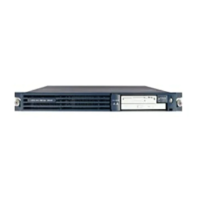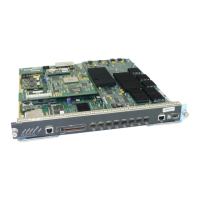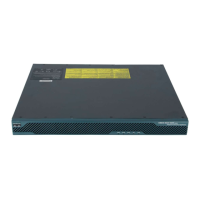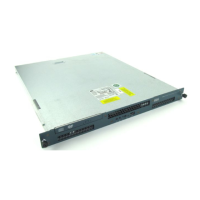Getting Started with Cisco IP Communicator
Cisco IP Communicator User Guide 3
Installing Audio Devices
You can install audio devices any time, but the ideal time to do this is before you install and launch
Cisco IP Communicator.
What kind of audio devices can I use?
You can use several audio devices with Cisco IP Communicator. The table below provides an
overview. If you want a list of specific brand-name audio devices that you can use with
Cisco IP Communicator, ask your system administrator.
4. Use the Audio Tuning Wizard to select audio
modes and tune audio devices.
• Using the Audio Tuning Wizard, page 6
• Understanding Audio Modes, page 39
5. Accomplish network configuration or registration
steps required by your system administrator.
Configuration and Registration Tasks,
page 8
6. Place test calls. Testing Cisco IP Communicator, page 9
Audio device Description Notes
USB devices:
• a USB handset
• a USB headset
USB devices require device
driver software and have
rectangular plugs.
Follow the device manufacturer’s instructions
to install USB devices. If prompted, complete
the Microsoft Windows Found New Hardware
Wizard.
External analog
devices:
• an analog
headset
• external speakers
or microphones
Analog audio devices do not
require software. They
work as extensions of your
computer’s sound card.
Plug analog devices into audio jacks on your
computer.
Cisco IP Communicator recognizes analog
devices as extensions of your sound card;
choose your sound card when you want to
modify or view settings for analog devices.
Internal audio
devices:
• built-in
microphone
• built-in speakers
These audio devices are
internal to your computer
and work with your
computer’s sound card.
Internal audio devices only work when you do
not have external audio devices plugged into
the audio jacks on your computer; otherwise,
sound will be routed to the external devices.
Quick Start task For more information, see...
